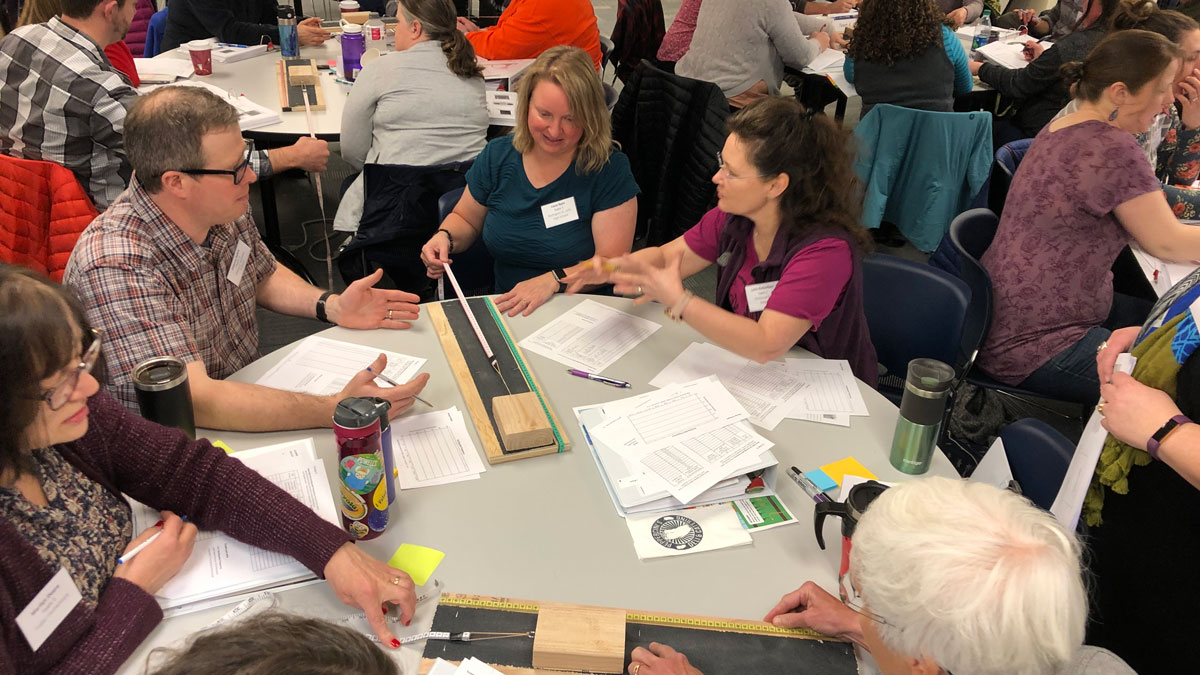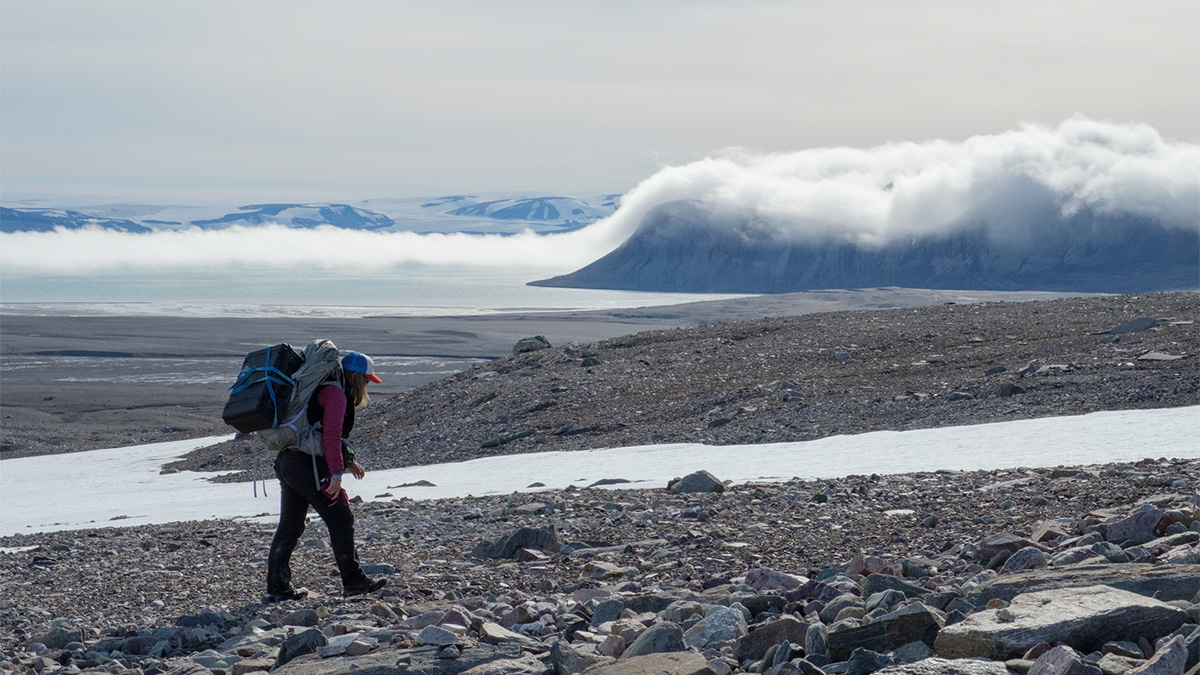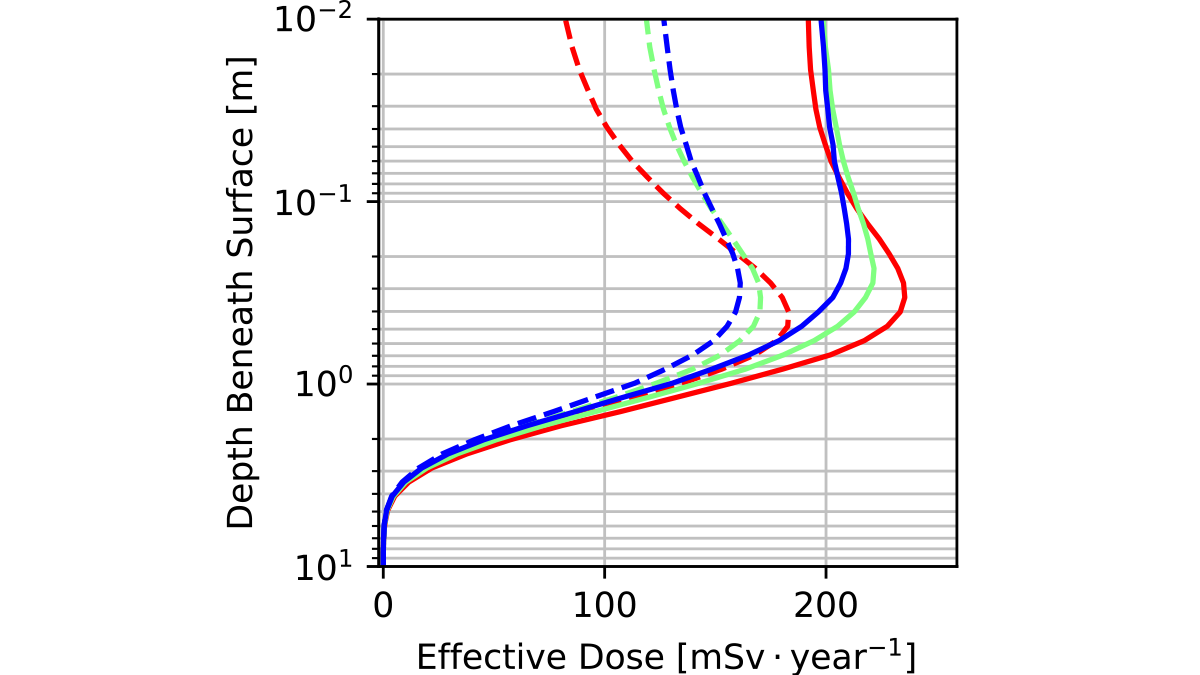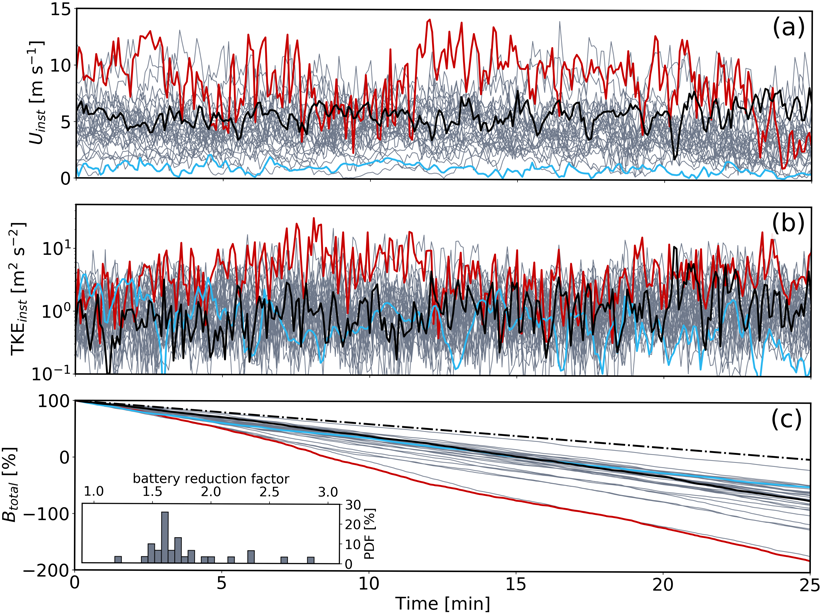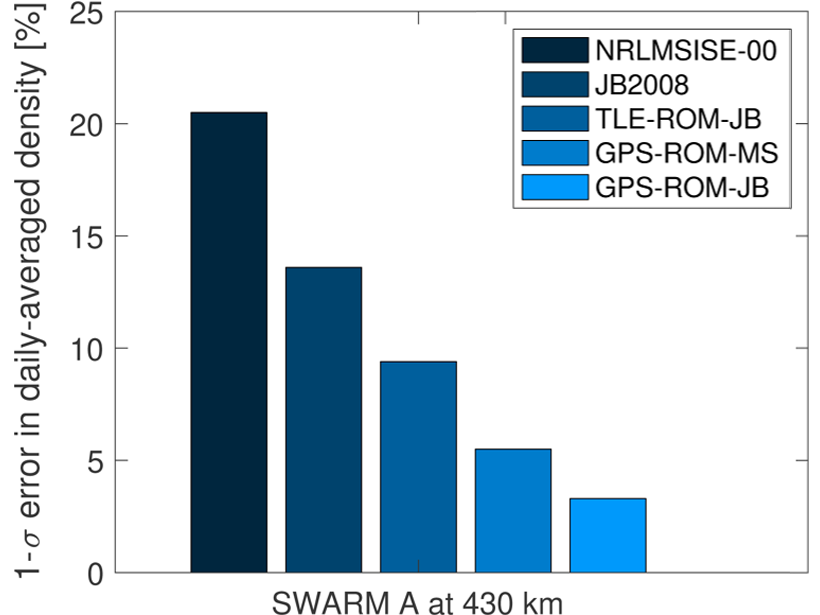Geomagnetic storms could significantly disrupt electrified train operations in the United Kingdom once every few decades, according to a new study.
safety
How to Bend Lightning with a Laser Beam
For the first time, scientists have redirected lightning using a laser beam. And that’s just the start of what’s possible.
Geohazard Education Trainings Foster Resilience in Rural Alaska
National Science Foundation-funded teacher and community workshops boost disaster preparedness optimism among coastal Alaskan educators, whose communities face an array of natural hazards.
Seismic Sources in the Aleutian Cradle of Tsunamis
Research over the past decade in Alaska’s Aleutian Islands has offered surprising insights into the pulses of great earthquakes that generate dangerous, often long-distance tsunamis.
Playing It Safe in Field Science
Researchers face many risks when working in the field. Documenting past and future accidents and safety incidents can help identify patterns and practices to keep scientists out of harm’s way.
Life on Mars? Estimating Radiation Risks for Martian Astronauts
New research suggests that to minimize radiation risk for human exploration of Mars, astronauts will need to dig deep for safety.
How the Armero Tragedy Changed Volcanology in Colombia
The deadly eruption of Nevado del Ruiz in 1985 made Colombian volcanologists realize that studying natural phenomena was irrelevant if they could not share their knowledge to avoid predictable tragedies.
Wildfires Are Threatening Municipal Water Supplies
Climate change is driving an increase in catastrophic wildfires; consumers see, smell, and taste the effects in their water. Water utilities must prepare for worse times ahead.
Modeling Urban-Weather Effects Can Inform Aerial Vehicle Flights
Microscale modeling can be used to understand and predict urban weather with sufficient detail to inform and support flight safety for crewed and uncrewed aerial vehicles.
Better Thermospheric Monitoring is Vital to Space Safety
Better real-time estimates of thermospheric density are vital to the safe management of satellite traffic in Low Earth orbit, ensuring those satellites continue to deliver critical services.



